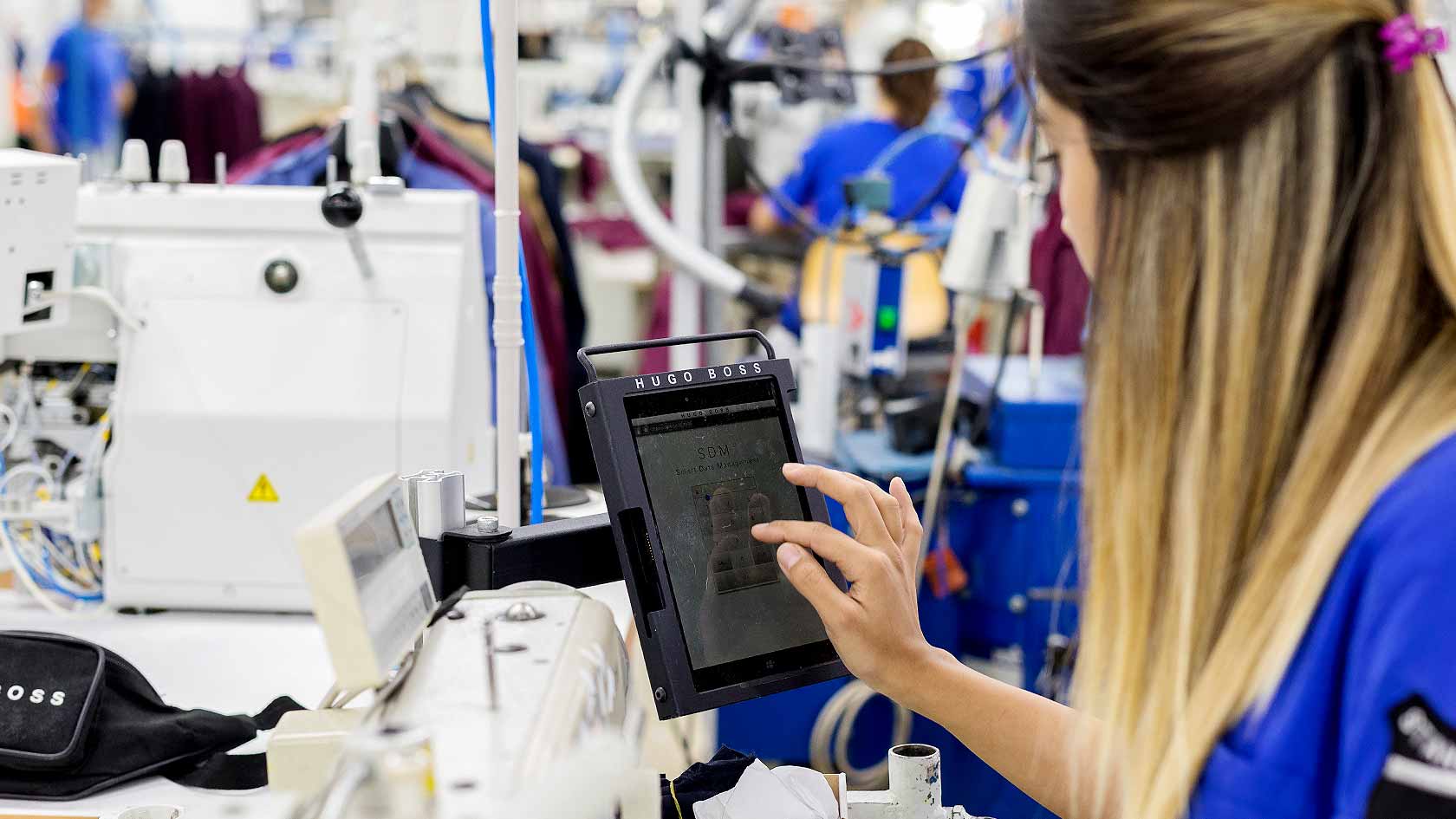Aug 18, 2025
Introduction to Project-Based Learning in Fashion Schools
In the ever-evolving world of fashion, where trends shift as quickly as the seasons, traditional education methods often struggle to keep pace. It is within this dynamic landscape that project-based learning (PBL) emerges as a beacon of innovation. Over the past decade, I have witnessed firsthand how PBL transforms fashion education, turning students into confident, creative, and industry-ready designers. Join me as we delve into a compelling case study that showcases the profound impact of this hands-on approach.
Project-based learning is more than a buzzword; it is a pedagogical revolution. By immersing students in real-world projects, PBL bridges the gap between theory and practice, fostering a deeper understanding of design principles and their application. This method has gained significant traction in fashion schools, where practical experience is paramount for success. Let's explore how one leading institution has successfully integrated PBL into its curriculum.

The Implementation of Project-Based Learning
At the forefront of this educational transformation is a pioneering fashion school that has fully embraced project-based learning. Here, students are not passive recipients of knowledge but active participants in their educational journey. Projects are meticulously designed to mirror real-world challenges, from conceptualizing sustainable fashion lines to creating collections for virtual runway shows. Each project is a masterclass in creativity, collaboration, and critical thinking, equipping students with the skills they need to succeed in the competitive fashion industry.
The implementation of PBL at this institution is a model of structured innovation. Students work in diverse teams, tackling projects that require extensive research, design development, and presentation. Faculty members, seasoned industry professionals, provide expert guidance and constructive feedback, ensuring that students receive the support they need to thrive. This collaborative environment not only enhances learning but also builds essential skills such as teamwork, communication, and problem-solving.

The Impact of Project-Based Learning on Student Outcomes
The results of this innovative approach are nothing short of transformative. Students who engage in project-based learning demonstrate remarkable growth in their design skills, creativity, and critical thinking abilities. They graduate not just with portfolios but with the confidence and practical experience needed to navigate the fashion industry. Many secure prestigious internships and job placements even before they don their caps and gowns. The impact of PBL extends beyond the classroom, shaping a new generation of designers poised to redefine the fashion landscape.
The data is compelling. Comprehensive surveys and assessments consistently show that students participating in PBL exhibit higher levels of engagement and satisfaction with their education. They report feeling more prepared for the workforce, with a deeper understanding of industry demands. This positive feedback reinforces the effectiveness of PBL in fashion education, highlighting its role in fostering the next wave of fashion innovators.

The Future of Fashion Education: Embracing Project-Based Learning
As we look to the future, it is evident that project-based learning will remain a cornerstone of fashion education. With the fashion industry increasingly valuing innovation, sustainability, and adaptability, PBL provides the perfect platform for students to develop these critical skills. Fashion schools that embrace this approach will not only produce better-prepared graduates but also contribute to the evolution of the fashion industry as a whole. Join us in this journey to shape the future of fashion education.
In conclusion, project-based learning is more than just a teaching method; it is a transformative approach that reshapes the way we think about fashion education. By integrating real-world projects into the curriculum, fashion schools can prepare students for the challenges and opportunities of the modern fashion industry. As we continue to innovate and adapt, PBL will undoubtedly remain at the forefront of fashion education, guiding the next generation of designers to new heights.


